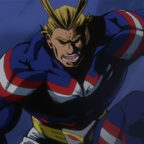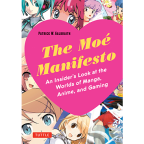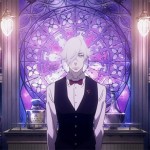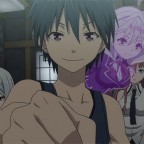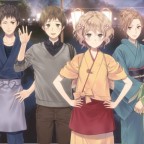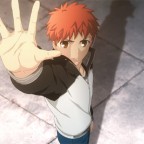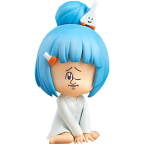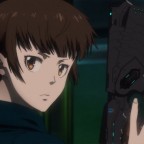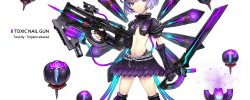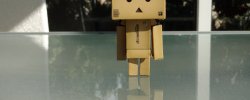My Hero Academia
The best and worst of My Hero Academia Season 3
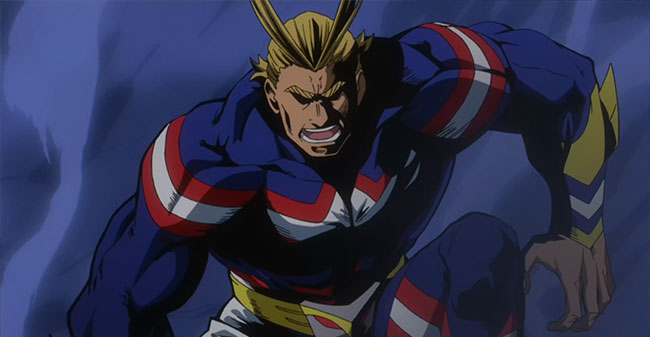
The third season of My Hero Academia was filled with competitions, life threatening situations and the passing of the torch from All Might to Deku. Here are 3 aspects this season nailed and 3 the series still needs to improve upon.
The villain league
One of the weakest elements of the show that improved dramatically in the third season. When it was introduced back in season one the league had several issues. It was an amalgamation of no-bodies (most of which were promptly caught and sent to jail), had no clear motive behind it and lacked in both power and leadership. Season 3 introduced a select number of new charismatic villains that will hopefully be flushed out and properly grow as character. Some of these villains follow Stain’s ideology, thus making the league more progressive and less anarchistic in nature. Moreover, these new faces have already stolen some screen time from the awfully bland Shigaraki Tomura and that alone makes the league more relatable and less juvenile in my opinion.
A nicely balanced crew
One aspect that My Hero Academia really excels at is granting ample screen time to most of the heroes in class A. This is no easy feat considering the class consists of a whopping 22 students. The show skillfully mitigates the huge roster by dividing the heroes into groups (Deku’s group, Bakugo’s group, Todoroki’s group, and what I fondly refer to as the “pushover” group). By showing Bakugo’s group every time he appears on screen all the members of said group receive good screen exposure. The mangaka (Horikoshi Kohei) still has his favorites so Deku, Bakugo and Tsuyu chan (aka Floppy) do get more love and attention than the rest of the crew but this attention might sway in other directions in future story arcs. Overall My Hero Academia shows more character diversity when compared to other school-themed anime (especially Naruto and Negima).
The passing of the torch
Every long-running series must deal with winding story arcs and plot-stagnation. Luckily My Hero Academia is far from reaching such a point. Season 3 progressed the series in meaningful ways, both in terms of world-building and plot. This season instilled in our young heroes the notion that they must act lawfully, even if that means they cannot actively counteract what the villains are doing. Until that point they had been under the impression that villains abuse their powers for bad deeds and are thus labeled as such. But this season taught them that using one’s power without permission, even for the good of the people, is a violation of the law. This simple, yet hard-to-stomach, truth forces them to grow and become adults almost instantly.
In addition, this season also saw the end of All Might’s and All for One’s long fight, with both effectively passing on their ideals and will onto their young apprentices (Deku and Shigaraki respectively). Watching All Might’s final fight proved both exciting and saddening, and his last words of encouragement to the people (and Deku in particular) will surely continue to echo for seasons to come.
Low risk, low reward
Shounen shows are known to favor their main characters greatly, and it is not uncommon for the protagonist of such shows to always come out on top even when they are faced with the hardest of pinches. That said, a series that takes no risks ironically risks becoming too mundane. After watching three seasons of My Hero Academia it’s quite clear to me that Horikoshi Kohei is not willing to put his golden eggs at risk. Plainly put, the students of class A are too precious for him to sacrifice, but that makes the dangerous situations in which they are put into a tad too predictable. Knowing that the entire class will survive any ordeal, no matter how hard, diminishes the sense of tension the series could have when they face these ordeals. Case in point: Bakugo was abducted in the beginning of the season, and the following episodes went into great lengths to instill the sense of loss caused by this abduction; but shortly afterwards Bakugo easily breaks free with no reproductions whatsoever while the more experienced adult heroes suffer great losses.
Alas, My Hero Academia does not exist in a vacuum. Established series such as Naruto Shippuuden and Hunter x Hunter have demonstrated that sacrificing or maiming some characters when the going gets rough is elementary and important to the maturity of an action show. If My Hero Academia wants to play in the same playground together with the big boys it needs to take off the training wheels and make some hard choices.
Chicken fights and laser tags
I know manga artists face many hardships when coming up with new content and are on a tight schedule to boot, but My Hero Academia’s quality of plot consistently drops when the students must attend a test. The second season had the dubious cavalry battle competition, which mostly made no sense and appeared very childish. In the midst of the third season class A enters the Hero exam, which is supposed to be tougher and harder to champion, but turns out to be a mix between a game of laser tag and a paintball match. The entire exam quickly deteriorates into a farce, with class A winning by sheer coincidences, luck-based tactics and the act of running into weak competitors. One genuinely superb fight orchestrated by Yaoyorozu remains the sole saving grace in what is otherwise a bad story arc. This is not the first, nor the second time this series has tried to raise the bar by preparing a “serious” test only to have it become a parody of itself, and it is definitely not ok.
Shigaraki Tomura
Originally introduced in season one, Shigaraki Tomura is the main antagonist of My Hero Academia and the leader of the self-proclaimed villain league. For the longest time his motive for wanting to take down All Might was kept under wraps, but this last season gave us a small glimpse at his past and his reasons for hating the modern “hero society”. This revelation helps establish his background story and was certainly a step in the right direction, but soon this sort of retroactive justification just won’t be enough. You see, up until now Shigaraki Tomura’s authority over the villain league stemmed purely from his association to All for One. The latter introduced Shigaraki to powerful allies, provided him with Nomu and with knowledge about All Might and the Hero Academy. Unfortunately for Shigaraki, his connection to All for One has been severed in season 3, which means he must now rely on his own leadership and management skills if he wishes to retain his position as head of the league. As it stands his conduct is not up to par. He has not proven himself to be a strong, reliable or even a trusting leader. I hope future seasons of the series will address this glaring issue and either assert his credibility or produce a better candidate for the coveted leading role.

